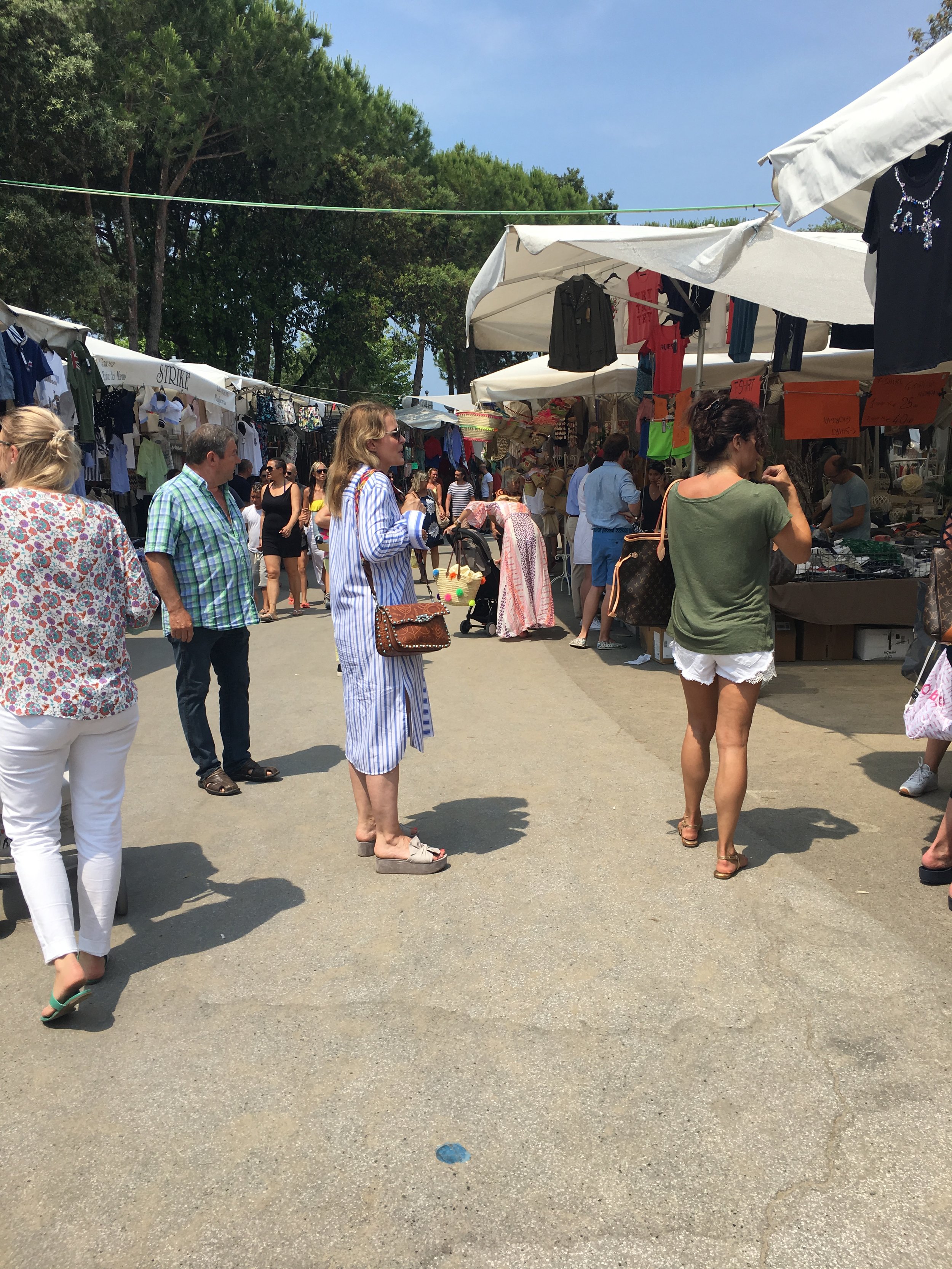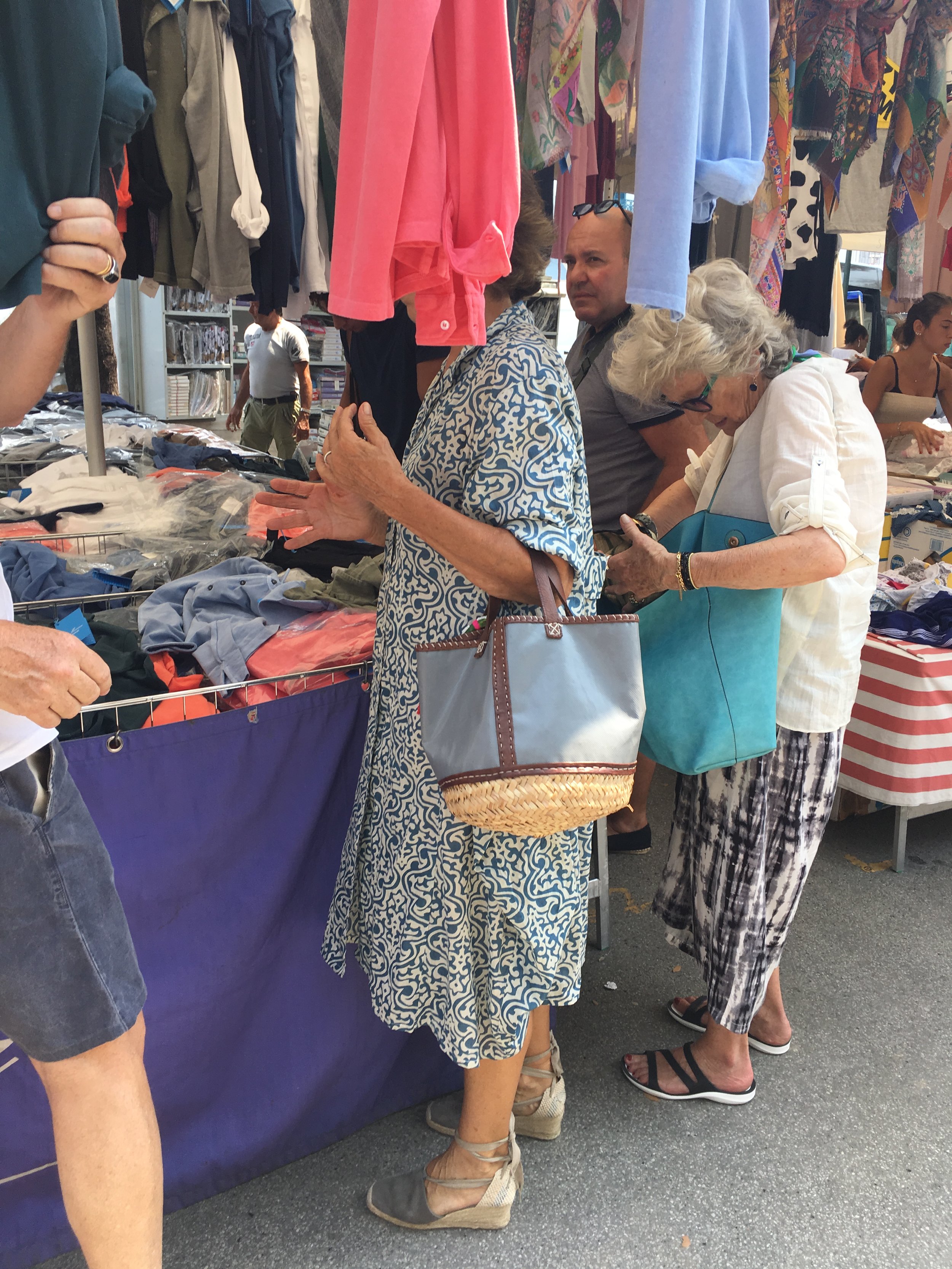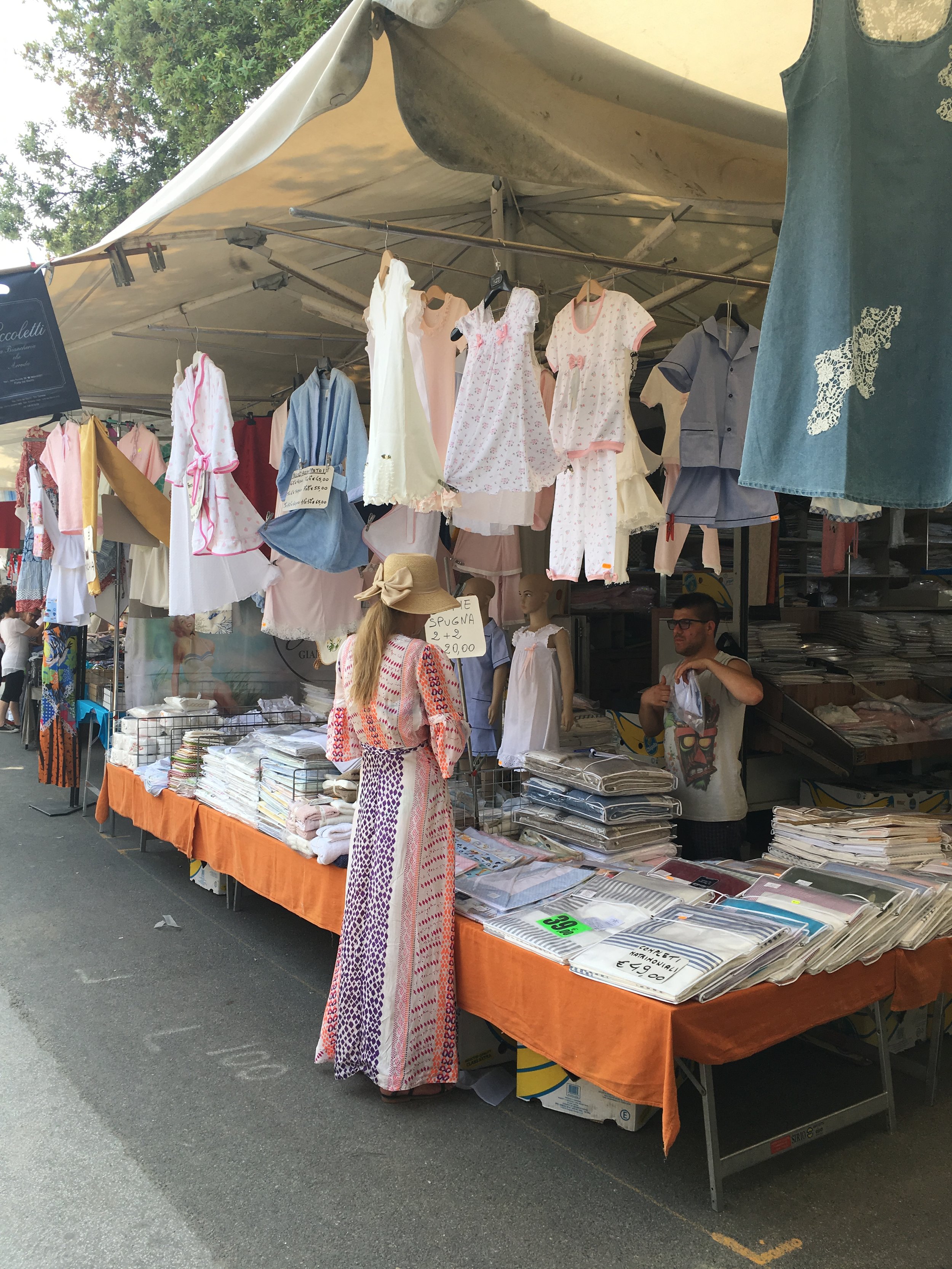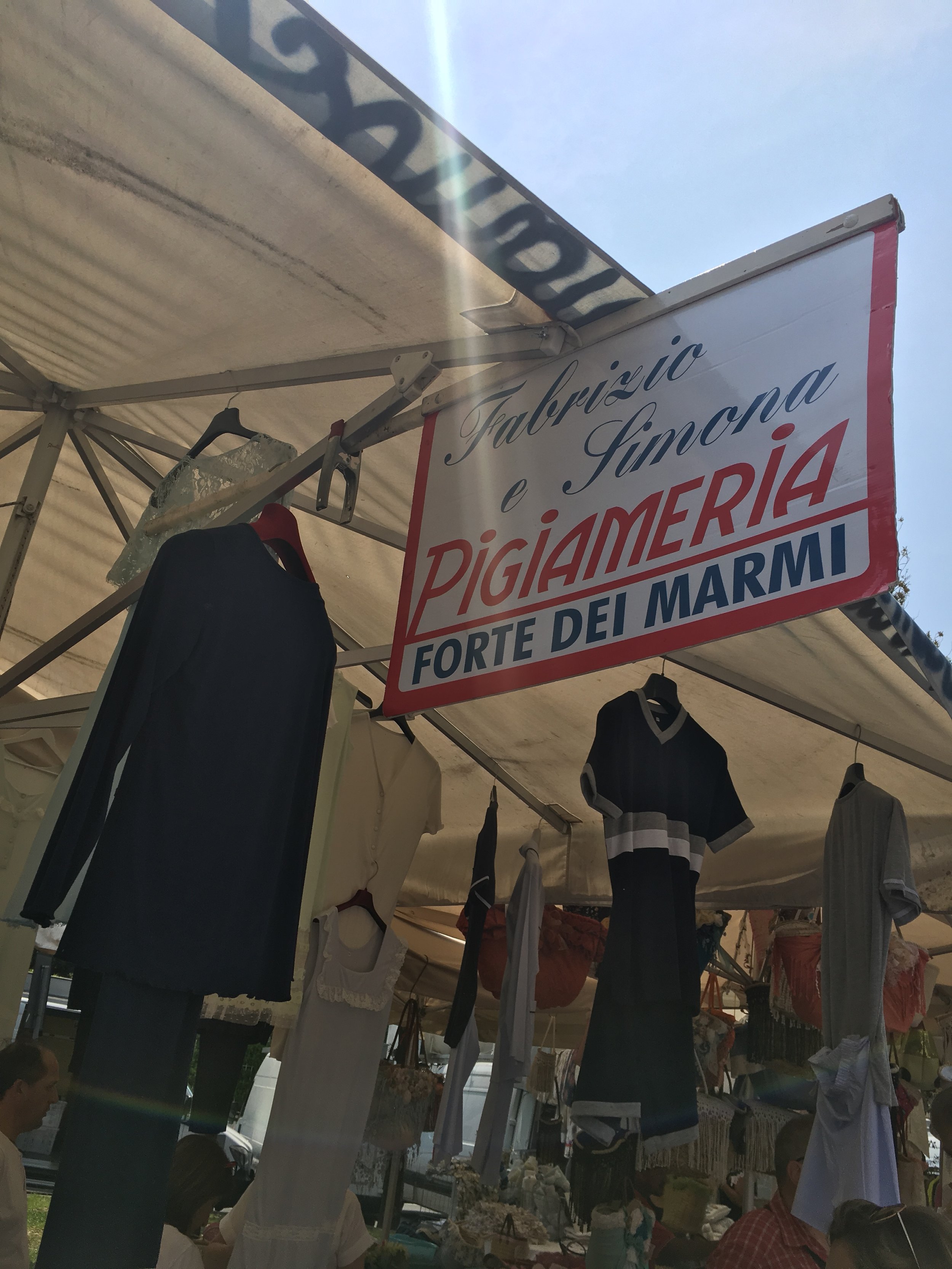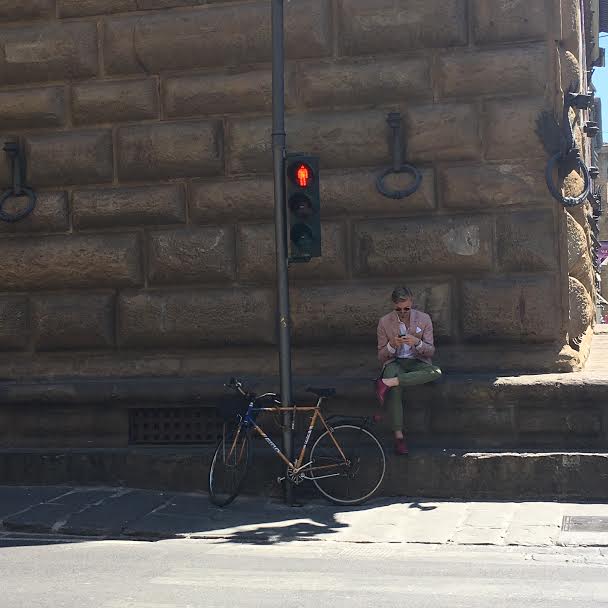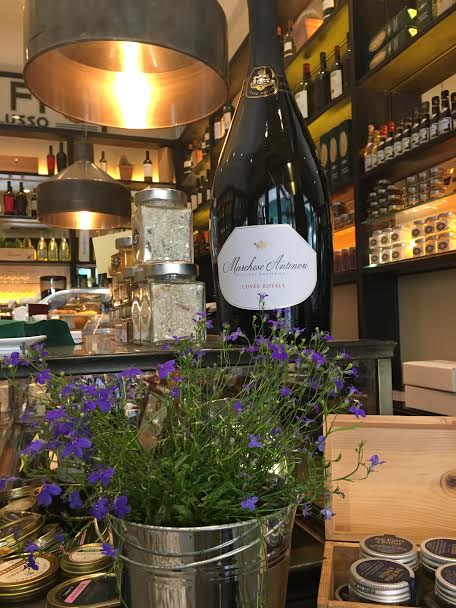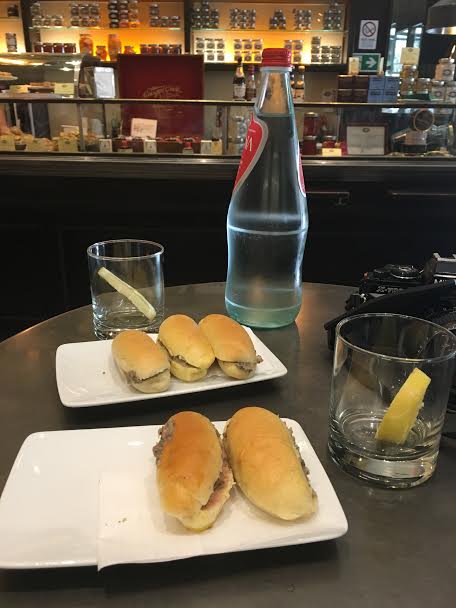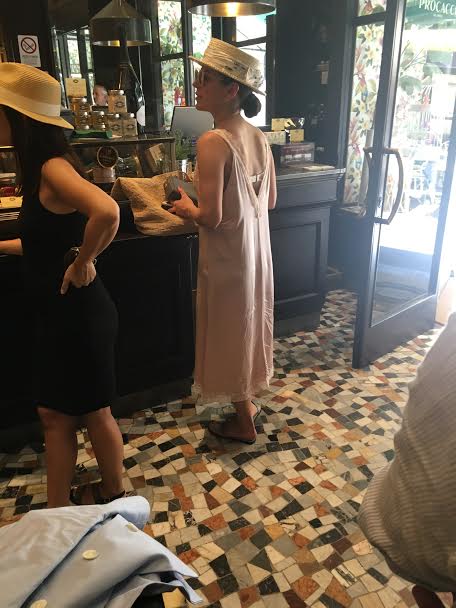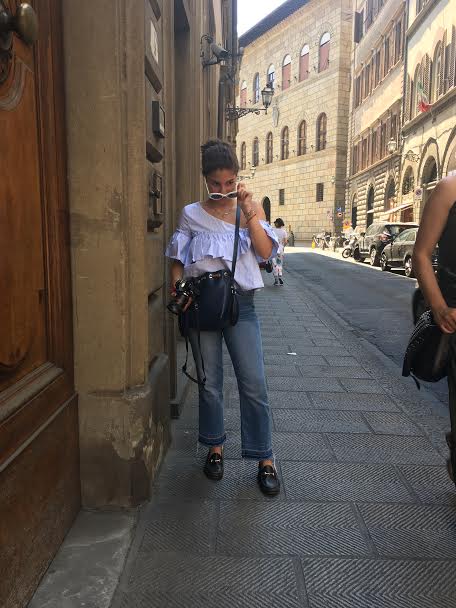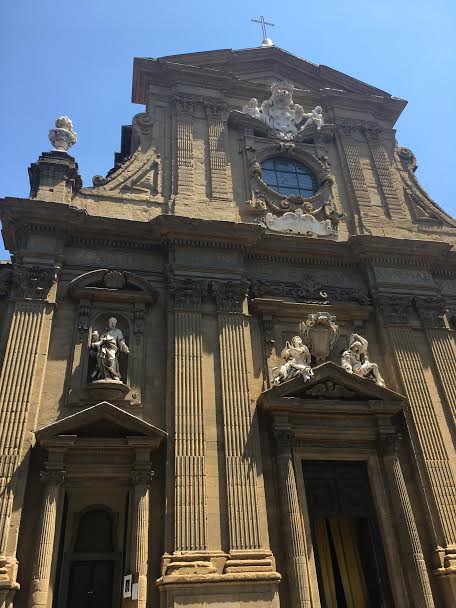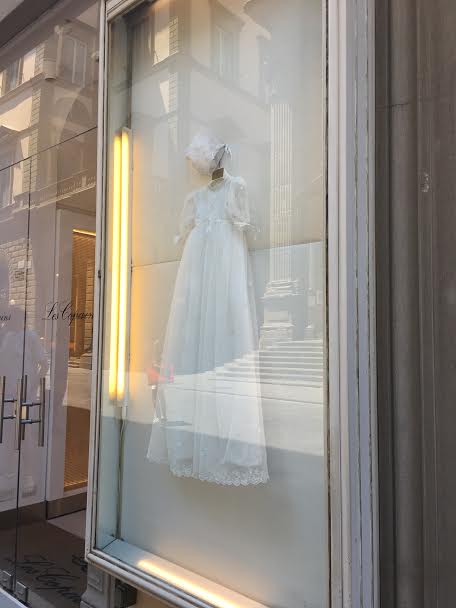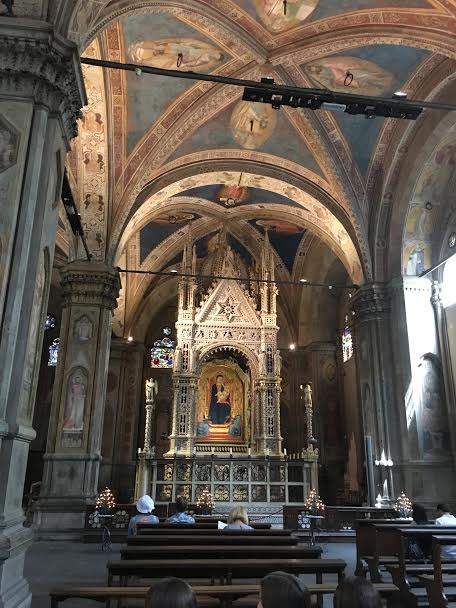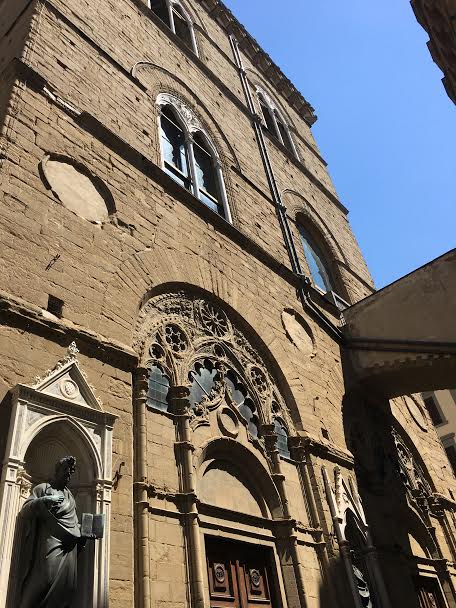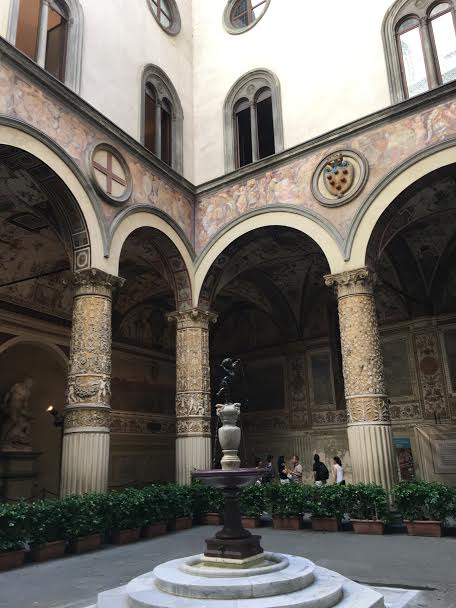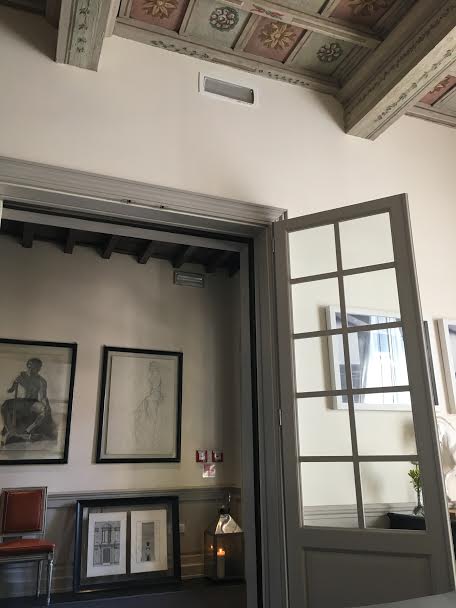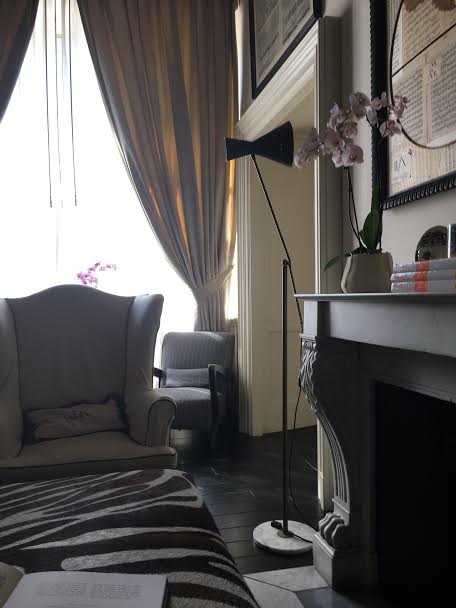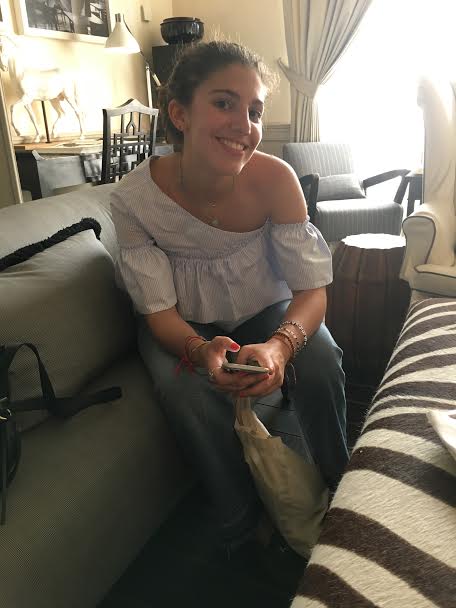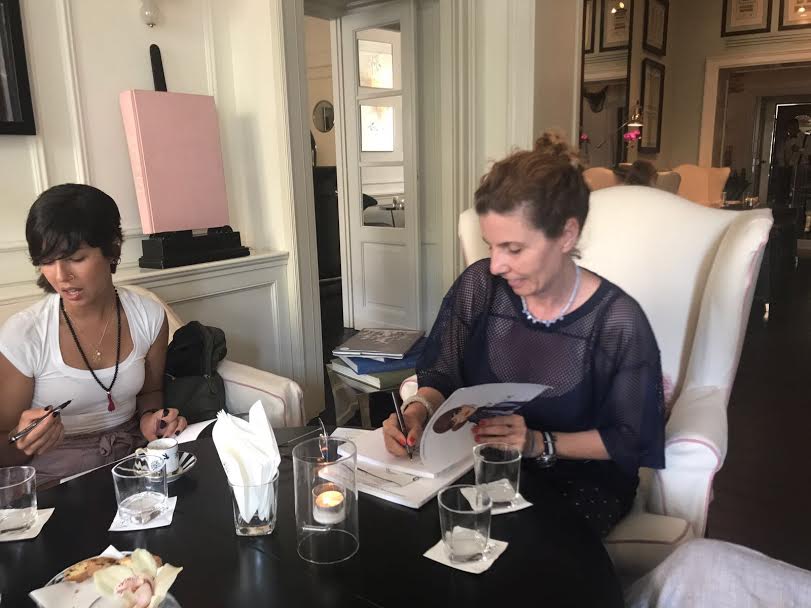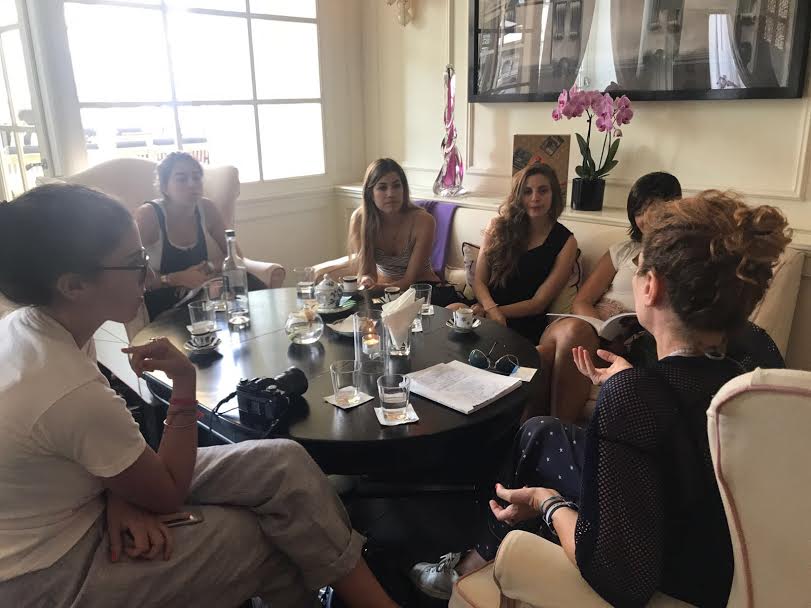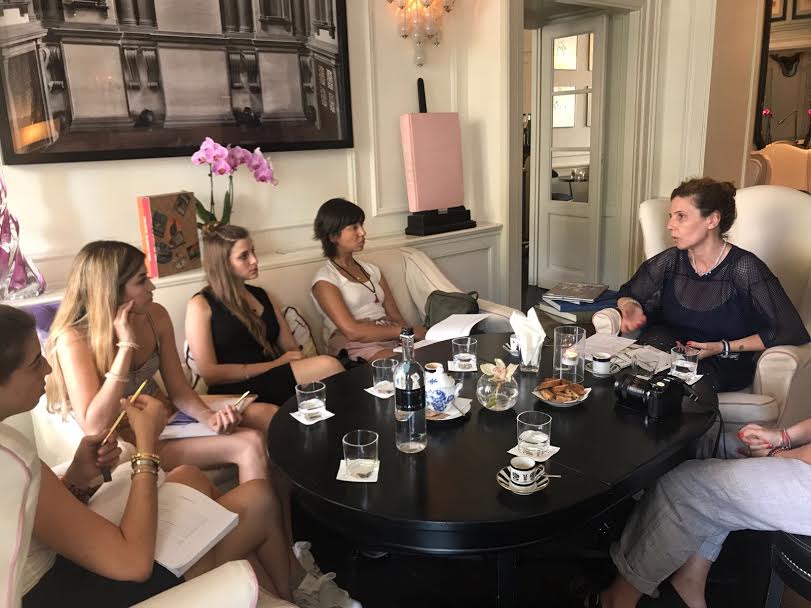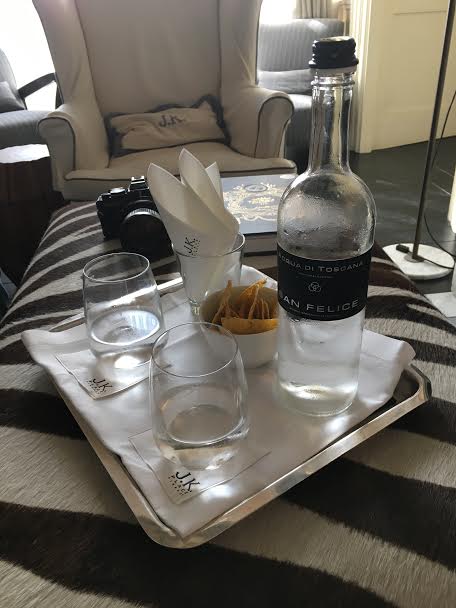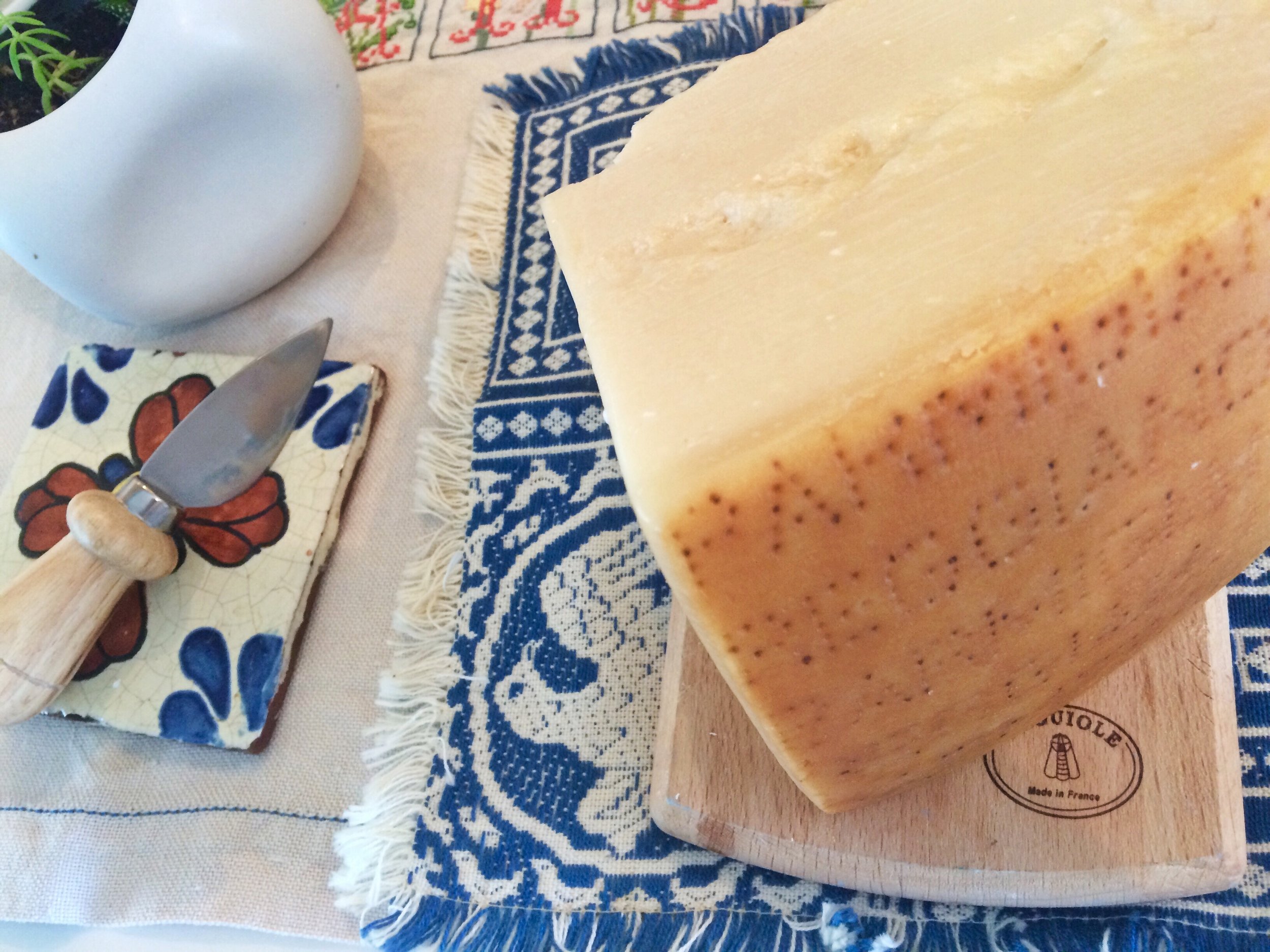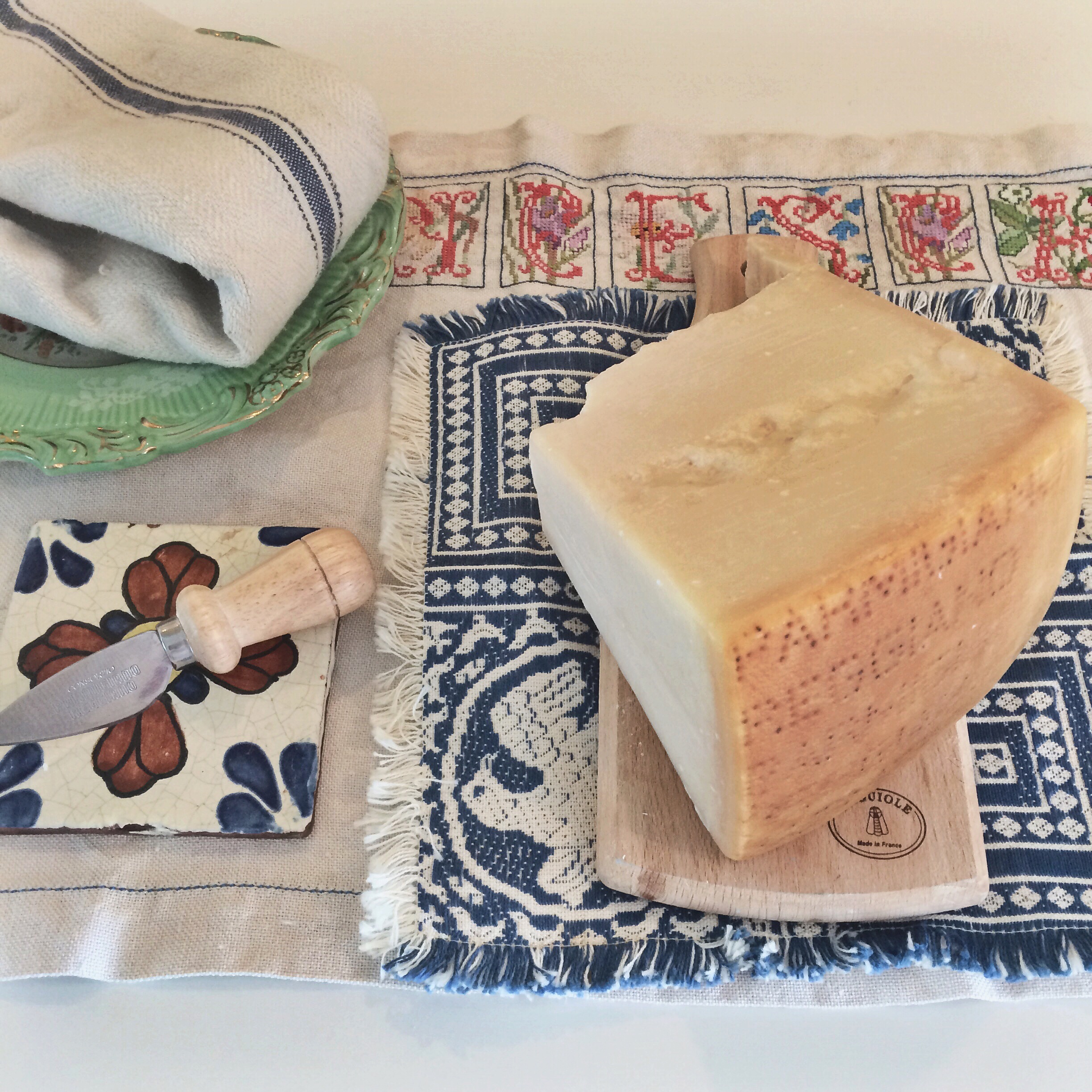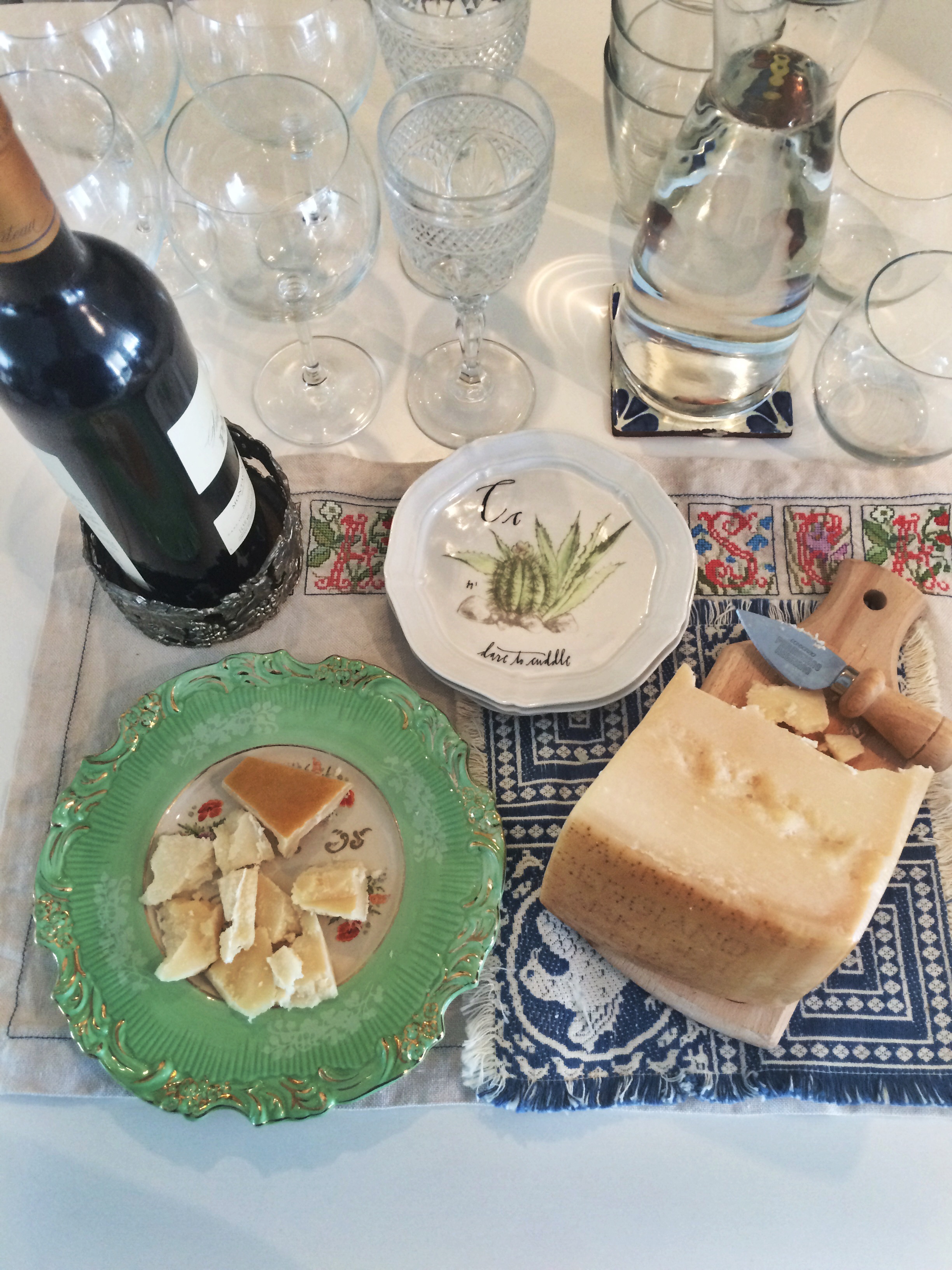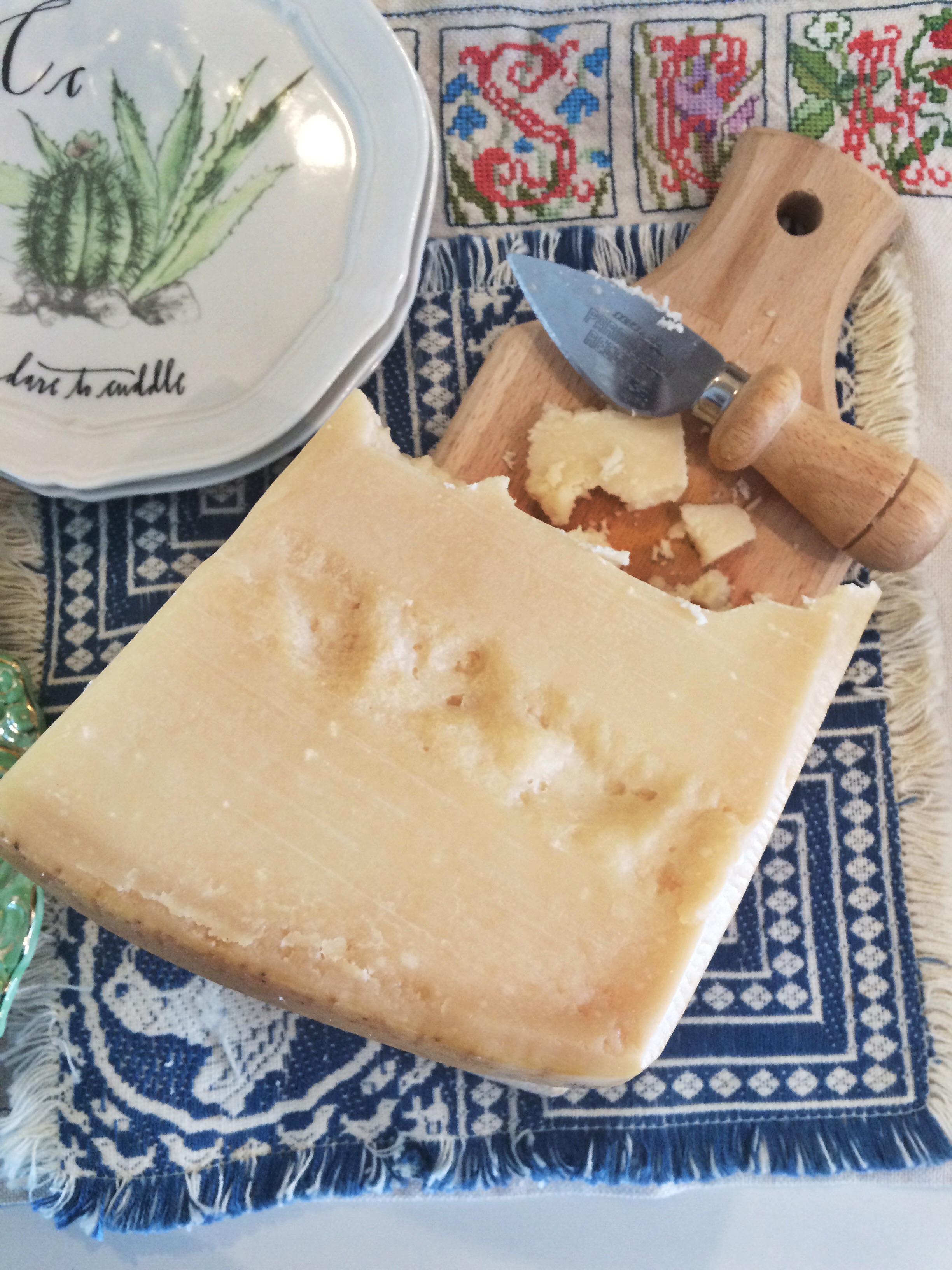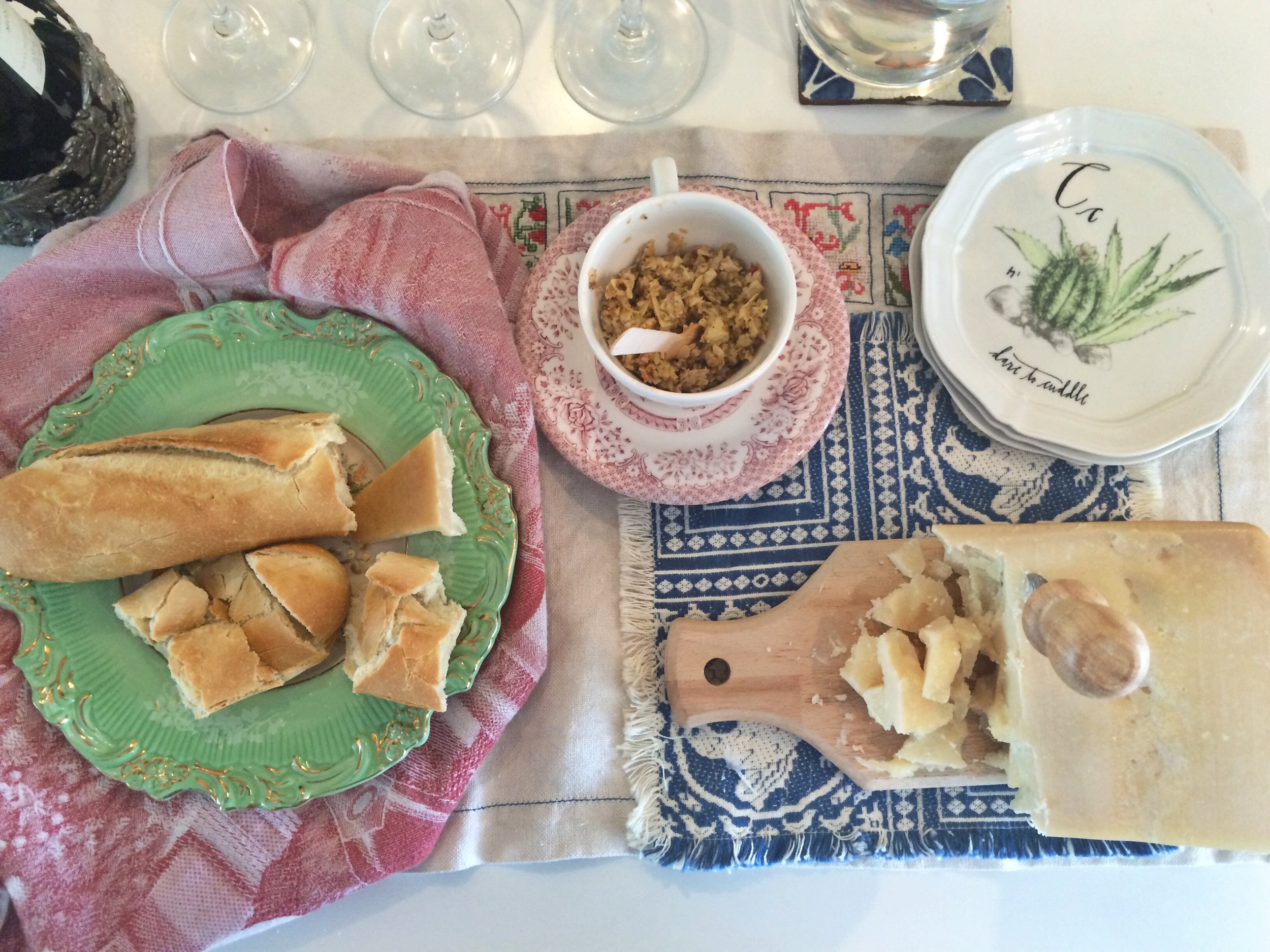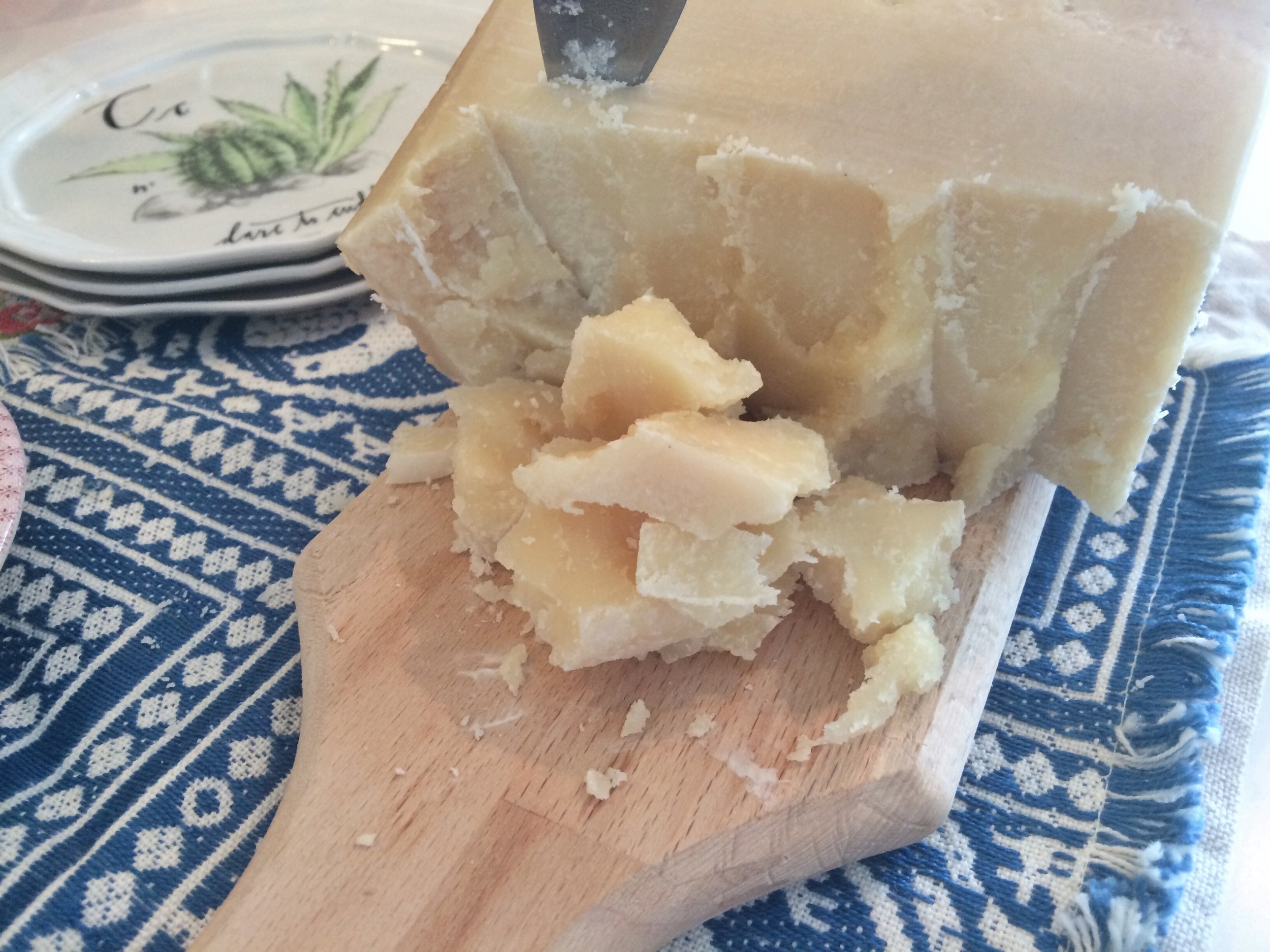There’s a code and I think I cracked it: It only took me 20 years of Miami living to dig out how to live in the Italian riviera like a local.
It took just one morning, the morning of the Wednesday street market in Forte dei Marmi, our version of Palm Beach, in the good season, the summer, during my trip to Italy was a revelation.
Imagine the Agnelli, Giorgio Armani at one point owned a home here too, Thomas Mann, Henry Moore, Luchino Visconti, old money and noble families populate the mansions behind the discreet gates, pines, oleanders. And then there's il Bagno Piero, the beach club of the front rowers. If you have the tent in row n.1 you have accumulated a Anna Wintour type of seniority. And then la Capannina di Franceschi, a sort of Studio 54 of the roaring '60s when Gino Paoli and Ornella Vanoni were IT.
There’s a diffused sense of elegance, relaxed and chic, understated lifestyle made of simple yet luxurious things, there's no showing off Ferrais or Lamborghini, you actually do errands, go to the beach in the bike. The morning starts at the bar, if you want to make it posh it's Il Principe. You know there's a bar at each and every corner in Italy, you go, pay for un caffe', show the recipt to the barista, order and in a NY minute you gulp it down and leave. There's no alien language just un caffe'or a cappuccino, not a skinny latte with an extra shot kids temp, they don't need to call your name, it's a ritual, but it entails a mix of attitude and discretion, respect for your privacy, it's a question of sleekness and rapidity, when you want a coffee can't wait.
Well, al Forte, even the barista seems a magician, they are as fast at manifesting that caffe’ as you should expect from a barista, yet the noises are tufted, voices are soft and coffee cups are china, not clunky basic ceramics.
So here’s when the luxury is a state of mind enters in action and the whole reason I wrote the book with it. How about getting dressed to go to the market?
CAN’T LIVE WITHOUT: Linen, layers of whites, gold bracelets, bicycles and wicker baskets, cashmere scarves, silk foulards, les paniers, flat leather sandals, wide brimmed hats, children in prams and nannies.
GET CAUGHT DEAD BEFORE: Wearing high heels pumps, allover logos, It girl bag, the same furry Gucci loafer that all influencers wear or any knock-off.
BTW, you will find random street sellers offering knock-offs of all the above on the curb of the street over a white bed sheet that comes handy when the police come.
WORST FAUX PAS: Trying too hard: it shows that you don’t belong, it’s not about the money and wanting to be who you are not, is never a good idea. And, no coffee to go in a plastic cup, ice cream though it's a different story, it's a cone on the go in the bike.
WHAT TO BUY AT THE MARKET: The best items to be bought at the market in Forte dei Marmi are bed linens, bathroom parures, pajama sets all to be embroidered with initials (they place your order and the following week you come back for your personalized items); cashmere anything like sweaters, scarves, ponchos. Leathergoods, especially shoes and bags are the best showcase of what Tuscan craftsmanship is capable of: leather, cotton, silks, prints all made in family owned looms and labs and proudly represented, generation after generation.

